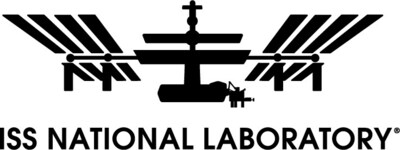NASA Opens Applications for Artifact Program to Museums, Schools, More
WASHINGTON, June 7, 2023 /PRNewswire/ — Eligible schools, universities, museums, libraries, and planetariums interested in receiving historic NASA objects for their STEM programs have until Friday, June 30, to apply for the 60th screening of the NASA Artifacts Module.
Artifacts may also be associated with achievements or improvements in technology; our understanding of the universe; and important or well-known personalities.
To learn more about the program, and apply online, visit:
The agency has thousands of items available ranging from decommissioned programs, science instruments, small hardware flown in space, and other major agency activities for loan through that represent the history behind the science and technology of NASA.
“NASA’s Artifacts program offers an opportunity to encourage the next generation of science, technology, engineering, and math students – the Artemis Generation – and many other space enthusiasts, with these priceless artifacts to share the agency’s awe-inspiring accomplishments,” said Lauren Katz, exhibits and artifacts program manager at NASA. “We have a simple process online now for eligible institutions to secure their chance to participate in this unparallel event. We hope many apply!”
Recognizing the important role it has played in our nation’s history, NASA makes available artifacts for STEM educational outreach activities and displays for the benefit of all. Since 2009, NASA has loaned more than 13,000 artifacts from its extensive collection to organizations across all 50 U.S. states.
Following their application, the agency anticipates notifying recipients in July. Called custodians, applicants will be required to pay associated packaging, handling, and shipping of any artifact.
For more information about NASA programs, visit the agency’s website:
![]() View original content to download multimedia:https://www.prnewswire.com/news-releases/nasa-opens-applications-for-artifact-program-to-museums-schools-more-301845541.html
View original content to download multimedia:https://www.prnewswire.com/news-releases/nasa-opens-applications-for-artifact-program-to-museums-schools-more-301845541.html
SOURCE NASA





 Private Internet Access gives you unparalleled access to thousands
of next-gen servers in over 83 countries and each US state. Your
VPN experience will always be fast, smooth, and reliable.
Private Internet Access gives you unparalleled access to thousands
of next-gen servers in over 83 countries and each US state. Your
VPN experience will always be fast, smooth, and reliable.

